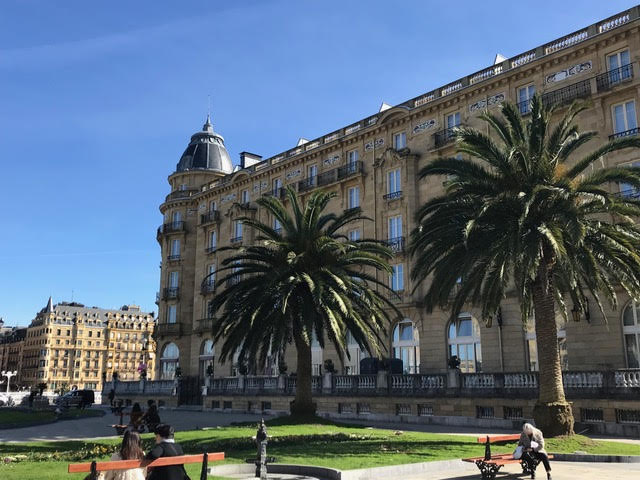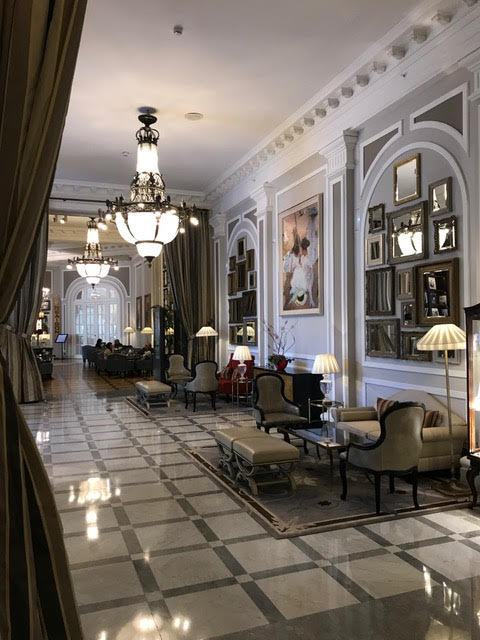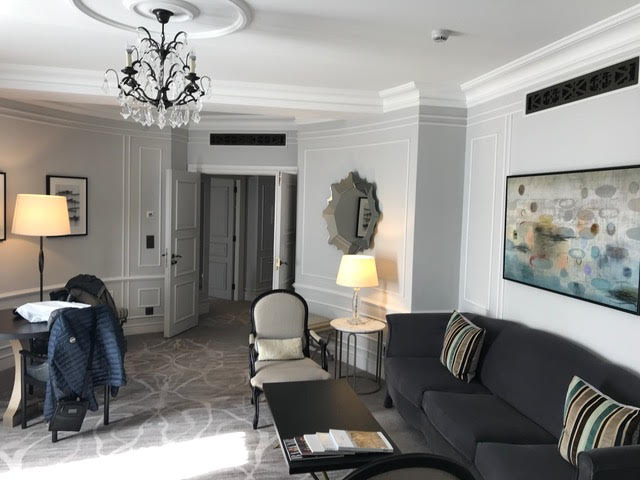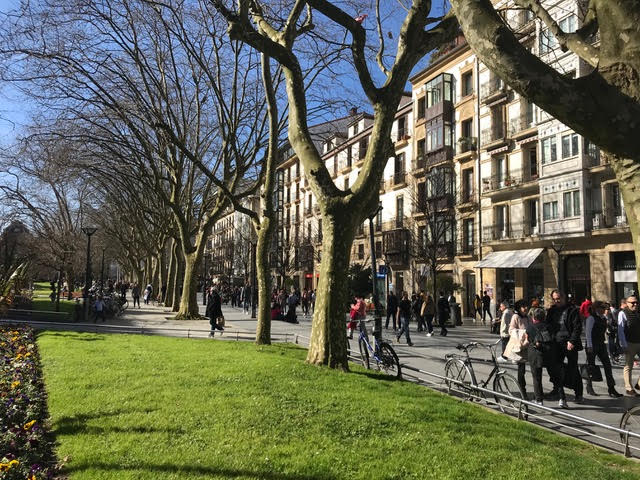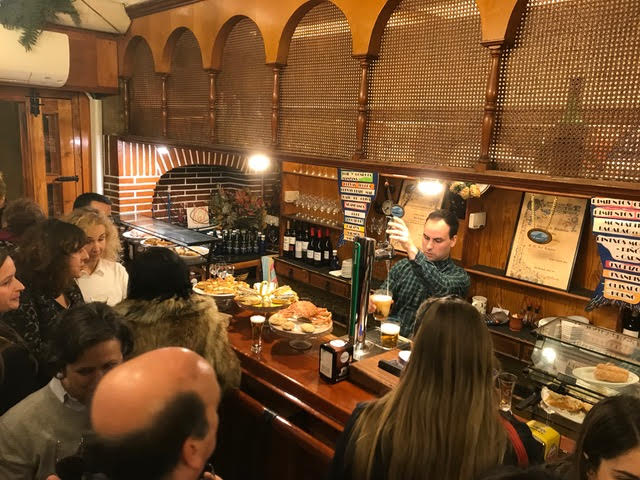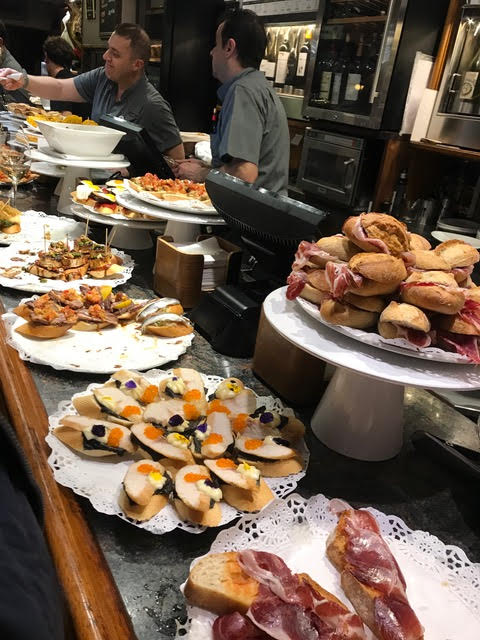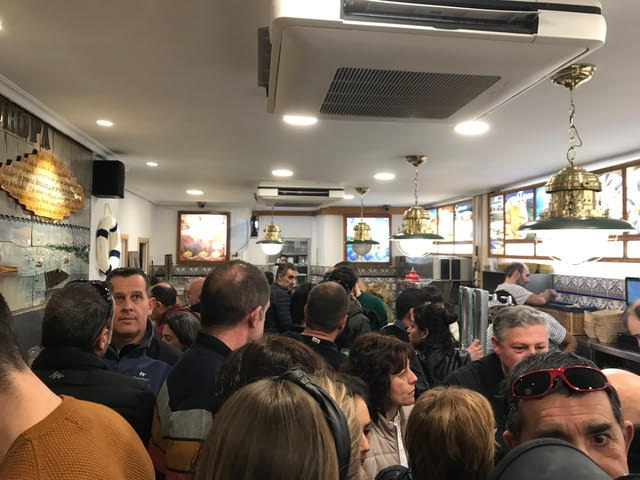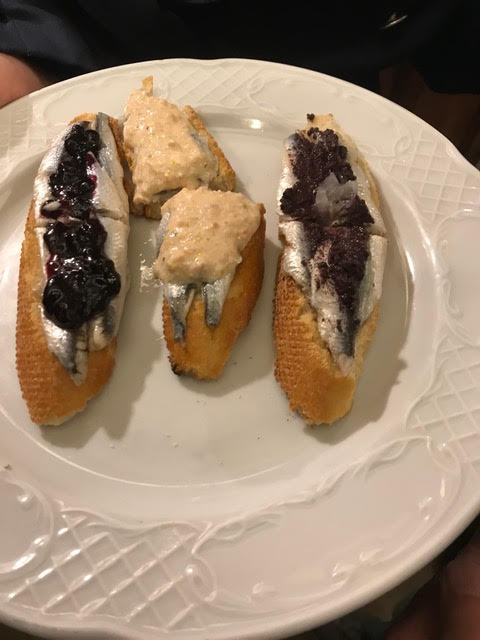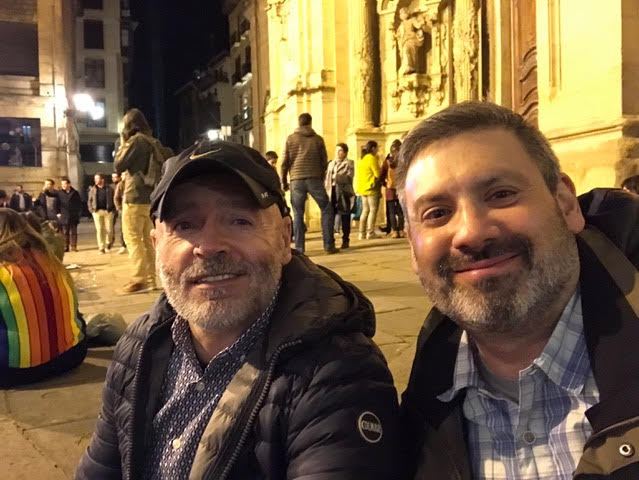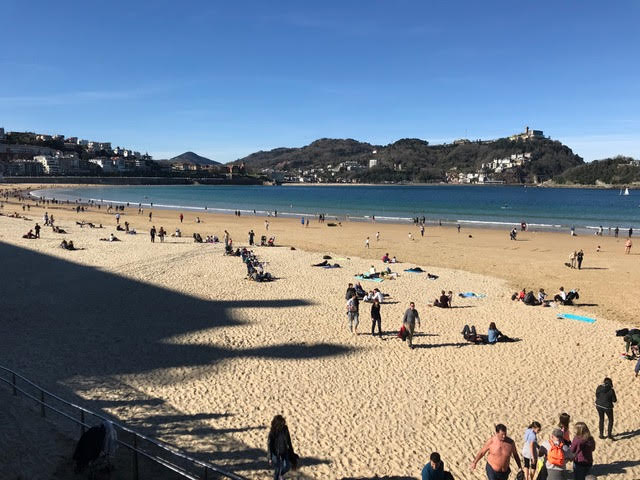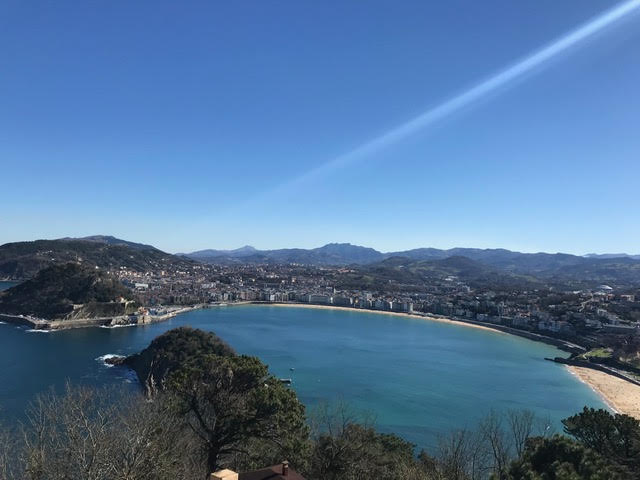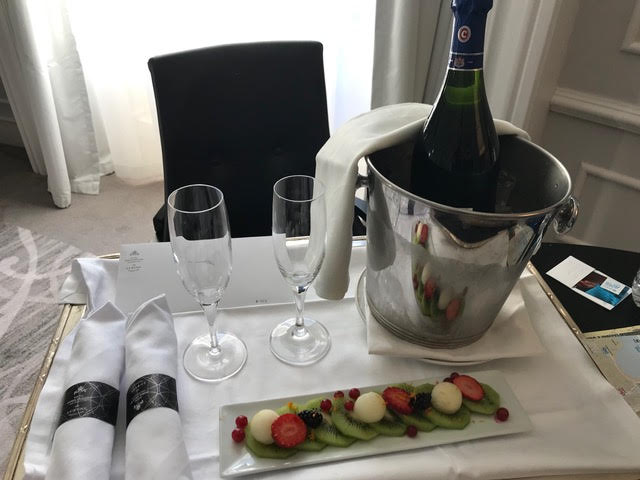After Action Report (AAR): San Sebastián, Spain
Greetings, Fellow Travelers!
NOTE: With no travel over the next few months, I’m digging into my archives to remember some travels from the past few years. This trip to San Sebastián and the Basque region of Spain occurred in February 2019. This would be our third of four trips to Spain during our six years stationed in Germany (2013-2019).
BLUF: Over the 2019 Presidents’ Day weekend, we headed to northern Spain to explore the Basque region and spend two nights in the ritzy, resort town of San Sebastián. Known for its sandy beaches and luxury hotels and as an exclusive European getaway during the warmer months, San Sebastián is also famous for its food, namely its pintxo—small bites (similar to tapas) occasionally served with skewers or toothpicks. Some of the best food we had in Europe was in San Sebastián. It was an amazing trip made even better by visiting during the affordable off-season.
Today’s AAR takes us through my trip to San Sebastián, Spain.
In spring 2018, after I was extended in Germany for one additional year, we began building our “must visit” list for Europe. Knowing we could take advantage of weekends, low-cost carriers (Stuttgart is a Eurowings hub), and our want to eat/drink more of Europe, northern Spain was placed on the list.
We had heard about San Sebastián as a summer resort destination, when the beaches are packed and the hotel rates skyrocket. Being a savvy traveler means sometimes forgoing the obvious choice and doing off-season trips. By visiting in February, the amazing Hotel Maria Cristina (from Marriott’s Luxury Collection) was bookable at the reasonable rate of $300/night.
While not an insignificant amount of money for a two-night stay, this was a bargain especially considering high-season rates can reach $700-$900/night. As a Marriott Titanium, I used two Suite Night Awards and was confirmed into a giant one-bedroom suite with complementary daily in-room tea service. The Hotel Maria Cristina remains one of our favorite hotel stays in Europe.
The hotel was well-placed near the pedestrian parts of the city. From here, you could walk to Spanish plazas, gelato stands, and some great cafés. However, its location just outside the old town was key to our pintxos food touring. Old town is comprised of cobblestone streets, trendy store fronts, and many, many bars.
We used Devour Tours for our walking food tour. They were awesome. (We used Devour in Madrid and in Seville; each tour was fantastic.) Our guide was native Basque, and after her final semester at the city university, she was heading to MIT to study food science as it applies to space travel. Pretty cool!
Our small group tour mapped out seven pintxo bars to sample various Basque eating options. As it turned out, as this was an off-season trip, Joe and I were the only people on the tour. We sampled seafood, cured ham, baked pastries, and lots of great wine from the La Rioja region. Each bar stacks their pintxo on the counters, and patrons pick them up one by one. Payment is done afterwards by the honor system.
Our guide told us rarely do Basque people take pintxos from the bar (that’s for tourist). Locals—and clever tourists who hire good guides—order from the menus located behind the bar. Here is where bars list their specialties. At one stop, we sampled some amazing sardine pintxos topped with cream sauce, and one topped with berry jam. It was surprisingly good. The saltiness of the sardine was nicely cut with the sweet, coolness of the jam.
As many locals do, we bar hopped, since staying at one pintxos bar denies you the opportunity to sample more and socialize with different people. Eating pintxos is as much a pub crawl as it is a dining experience: it’s finger food and a multi-location happy hour.
We concluded the evening sitting on the steps outside a 17th century church eating some amazing fried dough and drinking more great red wine. Even though pintxos are bite-size, our private tour meant all the treats were for us, so we were quite full.
The following day, we walked off the pintxos and wine by making our way along the beach boardwalk towards the Funicular Monte Igueldo to get aerial views of the San Sebastián bay. In February, the days are cool and the nights chilly. While neither the hotels, streets, bars, or beaches were crowded, the city was still bustling with other budget-conscious travelers. I’d estimate most places were at 50% capacity.
In sum, our visit to Basque country was a foodie’s dream. Visiting during the off-season was definitely the way to go as crowds were thin and the luxury accommodations were much more affordable. San Sebastián and the hospitality of the Basque people offer a unique destination within Spain. Put in on your “must visit” list.
Happy Travels!
Vr,
Albert
Albert Guerrero, USAF, Ret.
“Let’s Travel Farther, Together!”
Follow my travels on Instagram: @albert_traveler



